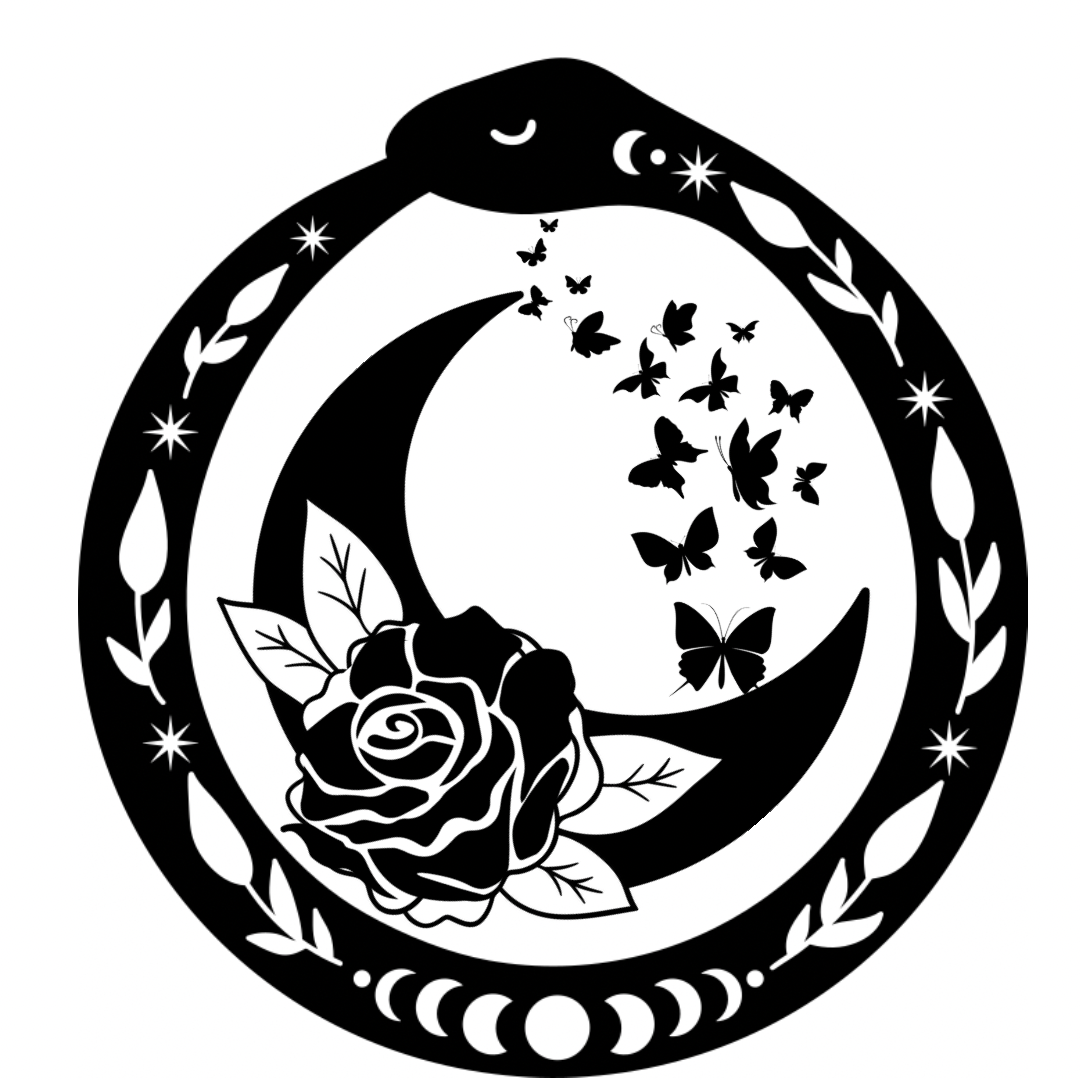MODULE 3
PRANAYAMA
EXPERIENCING AND INFLUENCING SUBTLE ENERGY
CONNECTING WITH SUBTLE ENERGY - EXPERIENCING ENERGETIC PLEASURE
STUDY YOGA HISTORY & PHILOSOPHY
Explore the yogic view of consciousness as everything. Consider how consciousness is not only the witnessing power of awareness but also the creating power of energy. Contemplate the idea that we experience the world according to interconnected layers of consciousness. Become familiar with the life and influence of Sri Ramakrishna.
ENGAGE WITH A PERENNIAL YOGA PRACTICE
Consider how each perennial practice relates to a layer of consciousness. Understand pranayama as experiencing and influencing the subtle energies of our body-minds. Consider how pranayama practice connects us to subtle energy and the experience of energetic pleasure. Become familiar with koshas, nadis, and chakras. Explore the aspects of prana vayus.
OBSERVE YAMAS & NIYAMAS
Explore the ethics-integrity pairing of satya (truthfulness in expression and perception) and svadhyaya (self-study, observing essence nature). Consider how Pauli Murray exemplifies this ethics-integrity pairing. Imagine other icons who embody this ethics-integrity pairing. Contemplate how the yama satya is also inextricably connected to the yama ahimsa.
PRACTICE & SHARE ASANA
Learn and teach postures in a warrior vinyasa, including: virabhdrasana I, virabhdrasana II, viparita virabhdrasana, virabhdrasana III, utthita trichonasana, parivrtta trikonasana, utthita parsvakonasana, and parivrrta parsvakonasana. Compare sacrum angles and hip rotations of these standing asanas. Practice teaching Sun Salutations A. Learn to draw simple yoga figures.
PRACTICE & SHARE PRANAYAMA
Explore nadi shodhana (alternate nostril breathing). Observe the energetic effects. Discover your average breaths per minute. Explore the felt sense of the breath at the nose, heart, and belly. Experience partner breathing – seated back to back, and seated front to side with hands on back and shoulder. Consider the layered meanings of the term “breath” in language.
PRACTICE PRATYAHARA
Practice self-reflective journaling for Module 3 as a form of prathayara. Consider what you can unplug from. Bring awareness to the quality of the sense impressions you experience, discerning between wholesome and harmful sensory input. Notice if there are violent -heavy toxic impressions that can be eliminated from your daily routine. Vision your rest-nest.
PRACTICE DHARANA
Practice breath awareness meditation, allowing the breath to serve as an anchor of awareness. Learn the “touch and go” technique. Discover the paradox of attempting to focus attention on a particular experience (like respiration) and the difficultly in doing so - we notice everything else! Experience this paradox of focused-non-focus.
PRACTICE DHYANA
Chant the Bija Mantras (Seed Chants) related to the pancha mahabhutas (5 great elements) as related to the human body (lum, vum, rum, yum, hum, om). Experience the energetic effects and vibratory quality of these primordial sounds. Learn how mantras may be recited, chanted, sung, silently repeated, contemplated, and felt - opening a door to presence and the infinite.
CO-CREATE CONSCIOUS COMMUNITY
Learn key elements of nonviolent communication. Consider how leading with presence, coming from curiosity and care, and focusing on what matters shapes relationships. Consider what grows empathy and inner resilience. Explore the power of collective movement and dance in creating connectedness. Meet with mentor group. Revisit community agreements.
CREATE YANTRA
Learn about archetypal energies of goddesses. Review Ekabhumi Charles Ellik’s drawings of goddesses and yantras from The Shakti Coloring Book. Choose a drawing and color it with meditative attention, noticing what body sensations, thoughts, and emotions arise as you color. Consider what symbolic elements and colors resonate with you and what doesn’t.
STUDY AYURVEDA
Complete the ayurvedic assessment to discover your dosha constitution. Identify your dominant dosha. Contemplate disease as an imbalance of body, mind, heart, and environment. Consider social, geographical, and environmental influences on physical, mental, and emotional development.
STUDY ANATOMY, PHYSIOLOGY & BIOMECHANICS
Become familiar with the basic elements of the human respiratory and circulatory systems. Explore breathing dynamics, including shape changes in the body cavity, lung function, and diaphragm movement. Consider conditions that make breathing difficult for people. Understand the main functions of the blood and lymph systems.

